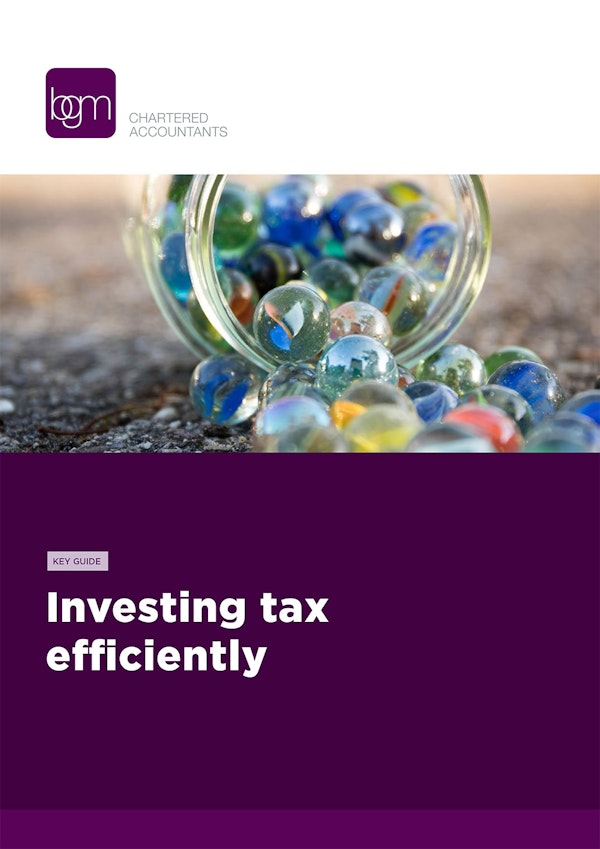Investing tax-efficiently
The complex world of tax on investment
The UK tax system has grown increasingly elaborateand as more changes are introduced, the complexities increase.

This guide offers a brief outline of how your investments are currently taxed and future changes (or freezes) that have already been announced. The Covid-19 pandemic hit government finances hard and ever since, successive Chancellors (and their Scottish counterparts) have been taking significant steps to raise revenue. As result:
- Many personal tax allowances and bands are now frozen until April 2028, despite inflation having reached over 11% in 2022.
- There was a six percentage point jump in the main rate of corporation tax from April 2023.
- Since April 2023, the starting point for additional rate tax (top rate in Scotland) has been £125,140, nearly £25,000 below the previous (frozen) level.
- In Scotland a further 1% was added to the higher and top rates from 2023/24 and another 1% to top rate in 2024/25, taking them to 42% and 48%. Scotland also saw the introduction of a new 45% ‘advanced rate’ of tax for income between £75,000 and £125,400 in 2024/25.
- The taxation of dividends is now much less generous than when the current structure was introduced in 2016/17.
- Despite cuts to national insurance announced in the Autumn Statement 2023 and Spring Budget 2024, the tax burden is on course to rise each year to a post-war high of 37.1% by 2028/29, its highest since 1948 and a full four percentage points above the pre-pandemic figure.
Expert advice is necessary if you require more information or a greater insight into how to cut your share of the growing tax burden.






